Industry 4.0 has brought us all new opportunities. Nika Machinery brings solutions for implementing these new technologies through a complete flow - from furniture design to raw material processing in the factory or workshop. Their expertise has been put to good use through their involvement as technical partners in the project DITRAMA - a Europe-wide collaboration to train the digitalization manager in our industry. It recently held the online seminar Furniture company's digital transformation defines a new profession where Adrian Broșiu, Nika Utilaje sales director, discussed exactly how to achieve better results while reducing costs.
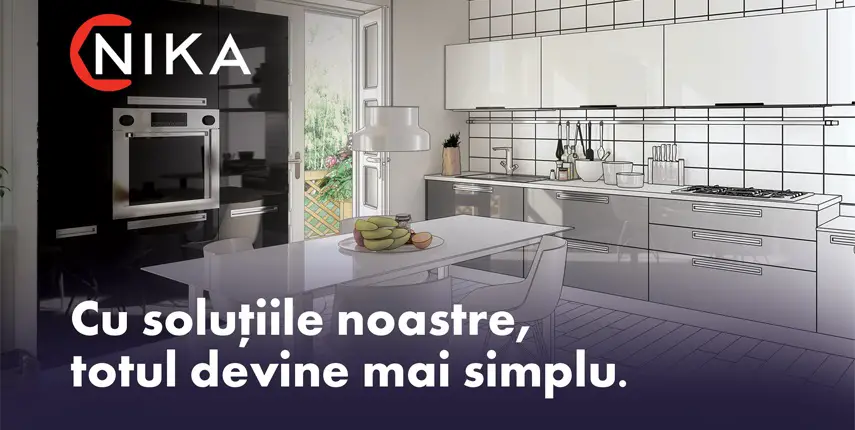
Full digitization of the workflow
Although more traditionalist, woodworking is also being touched by the Industry 4.0 revolution. Powerful design software, numerically controlled machines specialized in all specific wood and derived material processing, and programs that make it possible to transmit information directly from design to execution are no longer a novelty. The Industry 4.0 transition comes with the most significant change in industry compared to previous industrial revolutions. Digitalization makes it possible to streamline production, which is no longer limited by the number of machines and employees.
From Nika Utilaje's point of view, Industry 4.0 can be divided into 3 main stages:
- graphic design, the actual design of the product from an aesthetic and functional point of view;
- technical design with all that it entails to achieve the final product;
- actual processing on the machine and production tracking.
Step 1 - digitize the graphic design
Nika Utilaje offers as a solution for digitizing graphic design BIA software. It is an online 100% software that can be accessed from anywhere, anytime. Its purpose is exactly to be implemented on the factory's website in order to provide customers with an interface that allows them to design their own furniture, with the price offered in real time. It is structured on two interfaces, one for the beneficiary and one for the factory. With the customer interface, the customer can:
- room sizing
- placement of fixtures in the room,
- resizing bodies,
- the partitioning of the buildings,
- selection of materials and accessories,
- real-time price visualization,
- order placement.
The software is not just a library of fixtures from which the customer can choose the one he wants, but it allows to modify the fixtures according to his needs: adding poles, moving them, adding drawers, removing them, changing the number of doors, etc. The modifications are made automatically by the software and are always correct. It automatically detects inconsistencies and all fixtures will always be built correctly.
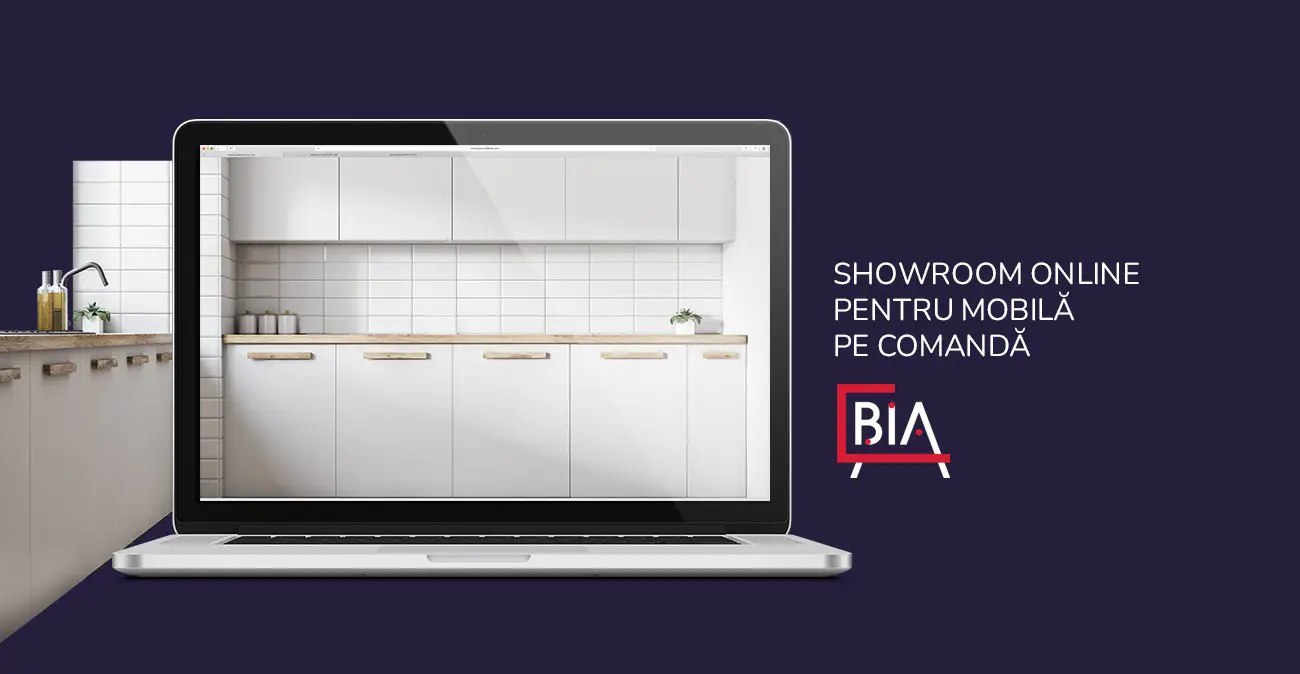
Bia Software makes production more efficient because it eliminates existing steps until the project reaches the factory and therefore the need for operators will decrease. There is no more need for a direct meeting between the customer and the manufacturer, for a designer to execute the project, for a price quotation. The customer can do the project himself, from the comfort of his own home, he will know the price at every moment, at every modification made, and at the end he can visualize the furniture in 3D format. This "ready-made" design then goes straight into production. At the time of shipment, the factory will receive an email and see the project in the factory interface.
The second interface, the factory interface, has functions related to the creation of the elements required for the customer's design, customer constraints and functions related to the transmission of information to production. The functions of the factory interface are:
- body construction rules,
- price calculation,
- creating libraries,
- client limitation settings (e.g. no higher than..., no wider than...),
- production reports,
- Cabinet Vision + CNC integration
The price offer is very important when ordering furniture. Bia Software allows simple price calculation. The price can be added in the factory interface on each element and so the customer will know the real price of the furniture at each stage of the design, for each added accessory. Design changes can also be made in the factory interface. They will be saved and the customer will see them and can give his approval or not.
Step 2 - Digitizing the technical design
Once the order is sent from Bia Software, it is taken by Cabinet Vision (by direct integration) at the technical design stage. Cabinet Vision is the best-selling CAD/CAM software for furniture. It is fully automated, 100% digital. In addition to creating ordinary rectangular carcasses, there is also the possibility to create more special furniture. All functions necessary for the production of solid wood furniture (cornices, crowns, skirting, 5-piece doors, profiling on doors, etc.) are automated. Automated processes include:
- adding operations,
- generation of parts lists,
- net price calculation,
- randare,
- quote,
- customized reports (ex. how much varnish is needed to finish a piece of furniture),
- generate CNC codes.
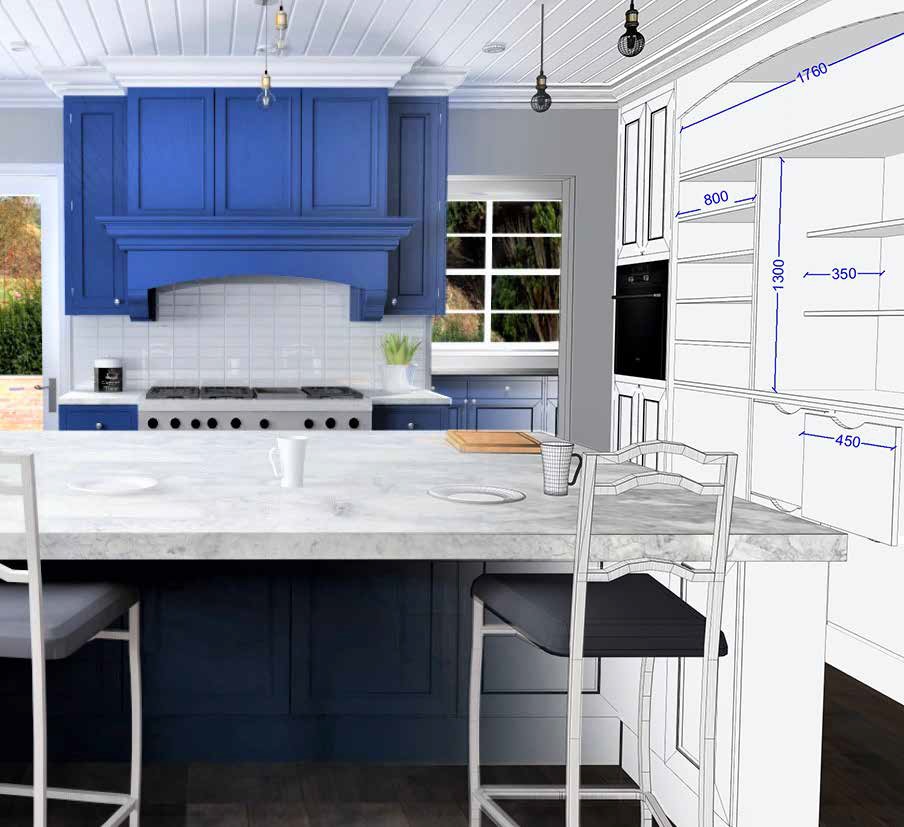
There is a direct integration between Cabinet Vision and Bia Software. When an order is generated in Bia, a file is also generated in Cabinet Vision that will contain all the bodies built with materials, dimensions, modifications, chosen accessories and everything that the customer designed in Bia. The transition to step 2 of Industry 4.0 is seamless and automatic, making the production process much more efficient.
Step 3 - processing on machines
Digitalization in step 3 means the connection between the computer and the machine. Software (such as Cabinet Vision) automatically generates the files needed to operate the CNCs which are exported to the machine without further intervention. These are optimized for maximum throughput, minimum waste, resulting in a highly efficient workflow. The required tools are automatically chosen and the necessary job files are sent to them. Thus, production management is simpler and more efficient, machining is faster and human error is eliminated. The program also has a labeling function so that each part will be labeled and will end up exactly where it belongs.
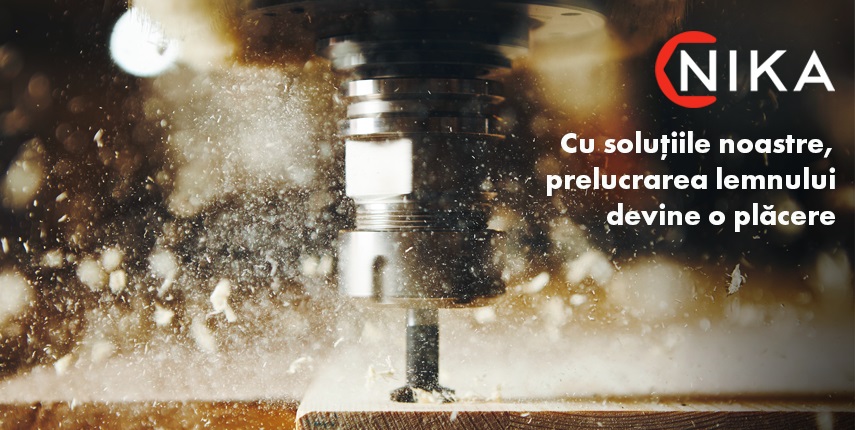
Below you can see how the information is transmitted to the machines responsible for the different stages of production (moving table circular or package circular, drilling, milling, etc).
Thus, through digitization, the project made by the customer at home automatically reaches production, where it is generated. Throughout this flow, a single person checks the design and clicks one click to send it forward and another to order the materials. Efficiency increases, production becomes more efficient, rejects are eliminated and the number of people involved in the process decreases. The process can be applied to any factory, whether it produces furniture, doors, windows or sofas.
Production tracking can also be digitized. The Work plan software, made by the same company that made Cabinet Vision, takes the project with all the technical information and works as an ERP that handles both order management and the trajectory of parts in production (being able to see what stage each part is at at any given moment), as well as centralizing CNC files, technical drawings, rendering and access to the basic project.
As a conclusion, we can say that there can be a complete digital flow from customer to product delivery. The process can be extended to managing the raw material warehouse and generating supply alerts, designing and automatically making customized packaging boxes, and other such processes related to production and making it more efficient.
We believe in effective solutions to help our customers go further than they imagined. To do this, we propose complete projects so they can be sure that they've gotten the most out of every piece of equipment or software they use. Industry 4.0 is a fantastic opportunity for all furniture manufacturers to be more innovative and therefore more profitable. They can rely on us all along this road to digitalization. Adrian Broșiu, Sales Director Nika Utilaje
Market opportunities exist and are highlighted by the new industrial revolution Industry 4.0. Integrated solutions such as those offered by Nika Utilaje are one way to benefit from the latest innovations, regardless of company size.

























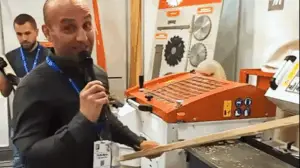
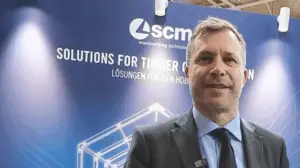
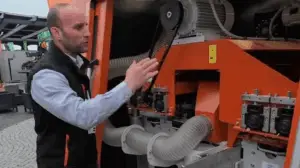
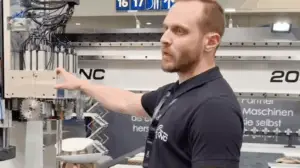
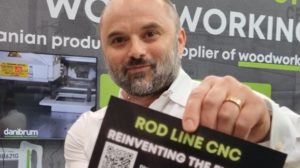
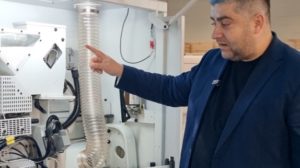




Add comment